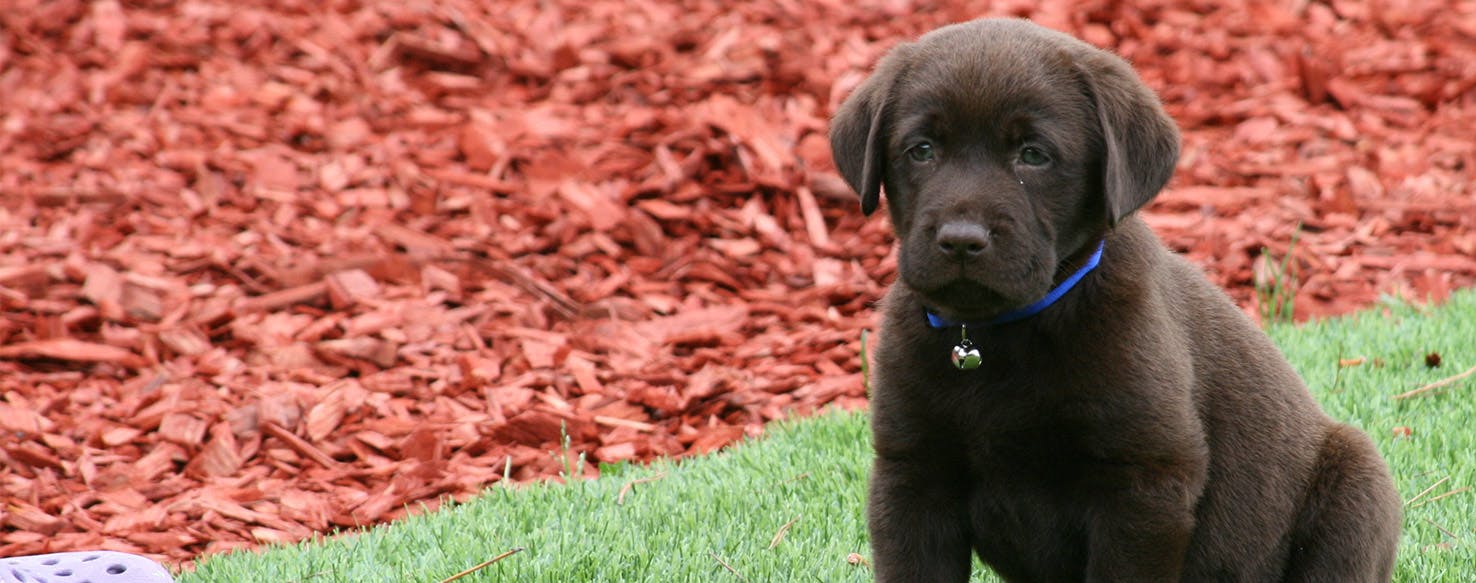- Home
- The Daily Wag!
- Senses
- Can a Dog Smell Carbon Monoxide?

While dogs are often way ahead of us when it comes to sensing things - including barometric pressure, weather changes, or other things - they're not able to detect carbon monoxide in the sense that they can knowledgeably alert us to its presence. They are, however, far more susceptible to carbon monoxide poisoning than we humans are, and if you find them acting funny, this could be a much earlier hint that something isn't quite right in your home.
Let's be clear - we don't mean you should send your dog into a spot with carbon monoxide to test out the area like a mining canary. We mention this only to warn you that your dog is just as, if not more, susceptible to carbon monoxide poisoning, so keeping a close eye on their signs and symptoms is worth considering.
Dogs are similar to people in a lot of ways, and the way carbon monoxide affects them is no exception. If you find that your dog is showing strong signs of weakness and lethargy, that might be your first indicator something is up with your pup - especially if you have a normally active and excited doggo.
Your pup might be incredibly sleepy, too. If you notice them drifting off at unlikely times or you can't seem to wake them up from their lethargic state, you might have a sticky situation on your hands.
Check your doggo's gums. Do you notice reddened spots? Is their skin splotchy or itchy? How are their reflexes? If your dog's coordination seems exceptionally off and they're super disoriented, there's a good chance they're being affected by carbon monoxide poisoning.
It's also likely that your dog will have a few episodes of gastrointestinal irregularities. If your pup is having accidents, loses their coordination, and seems like they re stumbling around like a drunk, it's best to get them out of the house immediately.
Body Language
If your dog is experiencing carbon monoxide poisoning, it's possible they'll exhibit signs like:
- Shaking
- Weakness
- Raspy Panting
- Lack Of Focus
- Head Bobbing
- Pupils Dilated
- Whale Eye
- Sleepiness
Other Signs
If your dog is experiencing the effects of carbon monoxide poisoning, it's possible they'll also exhibit signs like:
- Stumbling
- Vomiting And Bowel Issues
- Disorientation And Confusion
- Unconsciousness
- Sleepiness
- Itchy Skin
- Red Gums
Carbon monoxide is often called the silent killer (for reasons we'll get into in our science section below), and it's a dangerous, fatal byproduct of combustion. Historically, homes and other buildings are subject to carbon monoxide poisoning for a few common causes.
One of the most likely causes is when household appliances - think gas fires, boilers, central heating systems, water cookers and open fires - don't run correctly.
Additionally, running a car engine in an enclosed space can cause carbon monoxide poisoning, so never leave your doggo in the garage with a running car! Things like burning charcoal can also produce carbon monoxide gas. Blocked chimneys and flues can stop carbon monoxide from escaping and cause this poisoning as well.
To better understand how dogs react to carbon monoxide, it's best to understand what carbon monoxide is in general. Carbon monoxide, often just referred to as CO, is an incredibly dangerous, flammable gas that's colorless, tasteless, and odorless - that's right, you can't smell it, taste it or see it, so it's impossible to know there's a CO leak unless you have a detector.
Unfortunately, your dog can't detect it and warn you about it either. They can feel the effects though, often much quicker and much stronger than you will.
CO is harmful when you or your dog breathe it because it displaces oxygen in your blood and deprives your heart, brain, lungs, and other organs of the oxygen they need. Carbon monoxide can overcome you or your dog in minutes without any warning, causing you to lose consciousness and suffocate.
As always, it's important that your dog is comfortable and ready for vet visits - or else anything that happens at the vet is going to be exponentially more difficult. Make sure your dog associates the vet as a positive experience. That means always ensure that they are getting tons of attention, treats, cuddles, and love while at the vet.
The odds are, if your dog is exposed to carbon monoxide poisoning, there's going to be a few weeks of treatment following the exposure to get them back to tip-top shape. Train your dog to deal with limited activity for up to six weeks - short walks that get them acclimated to their new doggy life slowly are a great help.
Keep an eye on their nervous system and response times. If you notice they're slow, get them into doggy puzzle games and chat with your vet about possible side effects of the CO.
Have questions or concerns about your pet?
Chat with a veterinary professional in the Wag! app 24/7.
Get Vet ChatWritten by a Great Dane lover Hanna Marcus
Veterinary reviewed by:
Published: 03/16/2018, edited: 04/06/2020
More articles by Hanna Marcus

